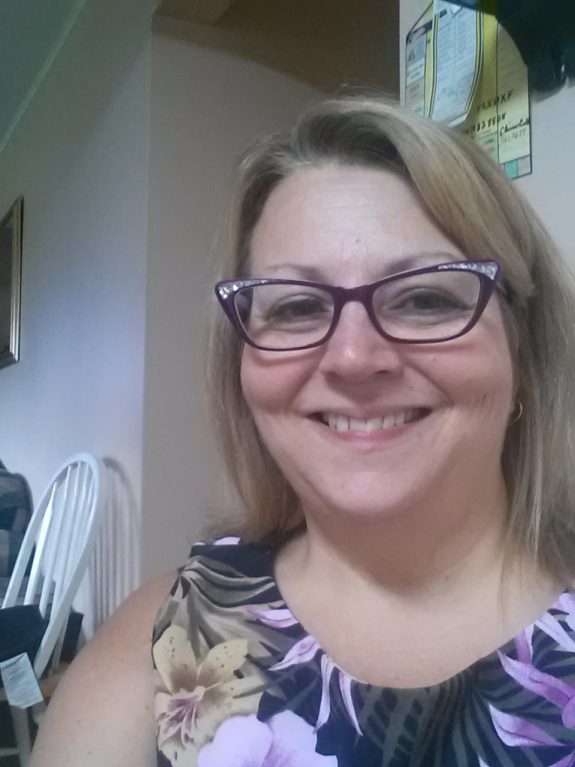Contributed by Adele Bachard, Dunrovin Park Lodge in Quesnel BC.
My Change Day pledge is “To increase awareness around patient safety with my co-workers and staff.” Having recently completed the Patient Safety Officer Training course through Healthcare Canada, this focus is top of mind for me.
As the Manager of a Long Term Care community in Quesnel BC, resident safety is of the utmost importance to me in the delivery of person centred care, in order to increase the quality of life that our elders deserve in a community setting. By providing an environment that includes well trained staff, robust procedures and systems, and a culture of safety and respect, we can ensure that we are delivering the best quality of life possible.
Teamwork and communication are considered key elements of a patient safety culture. The foundations of patient safety include the involvement of patients and families as part of the care team, leadership that buys into the concept of person and family centred care, a just culture where staff feel safe to report incidents and learn from them, care plans that are transparent to the patient and their family, openly shared data and information, honest disclosure of adverse events, commitment of the organization towards training and development of staff, quality process improvements, and a resilient model for effective teamwork and communication. Wow. That sounds like a lot of work.
But when we break that down to a few fundamental chunks, and practice them one tiny step at a time, we can see patient safety improvements start to happen in our organization.
When teams are working well together, they are safer than any one individual. A major key to a team working well together is by creating a just culture; one that removes blame while still ensuring personal accountability. A just culture supports both the residents and the staff members. Past practice tended to concentrate on individual behaviours or “human error” which led to a fear of reporting an adverse event. By creating a system-wide approach to patient safety, we take the focus off of the fear of retribution or “blame and shame” and place it on future prevention and creating a safer environment.
To become a highly reliable organization, health care must concentrate on improving patient safety through standardization, quality improvement methodologies, and performance measurement. How resilient and able are we to identify and respond to problems?
We tend to concentrate on training and education policy and procedures, and reminders, checklists and double checks, where we should really be concentrating on forcing functions and constraints, simplification and standardization, and automation and computerization. A forcing function attempts to make it impossible to make a mistake, usually by system design. It takes human error out of the equation.
The aim is to maintain a just culture while preserving personal responsibility and accountability. A just culture includes psychological safety, active leadership, transparency and fairness.
We must not forget about engaging patients and their families to build a culture of safety. Most importantly, we should be asking patients, residents and families, “What would make a difference for you?”
So I invite you to join me in my pledge to increase awareness of, and improve patient (resident) safety, one tiny step at a time!


